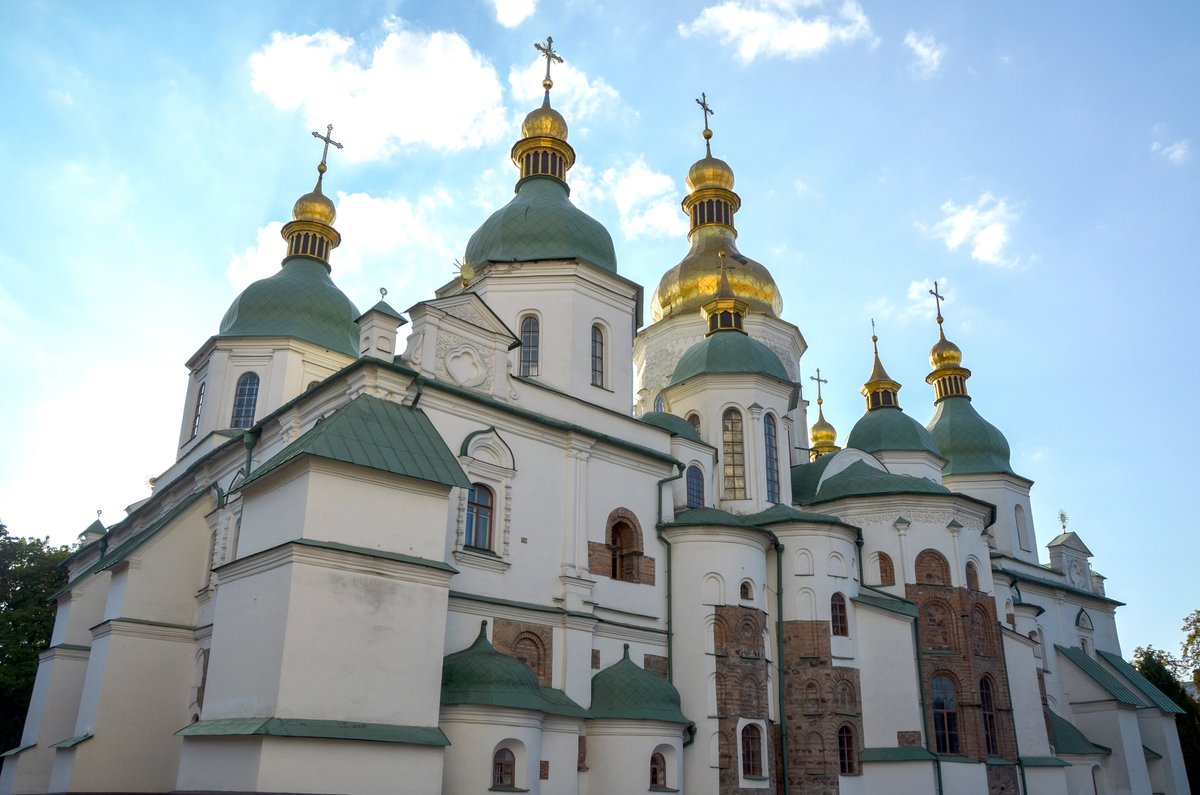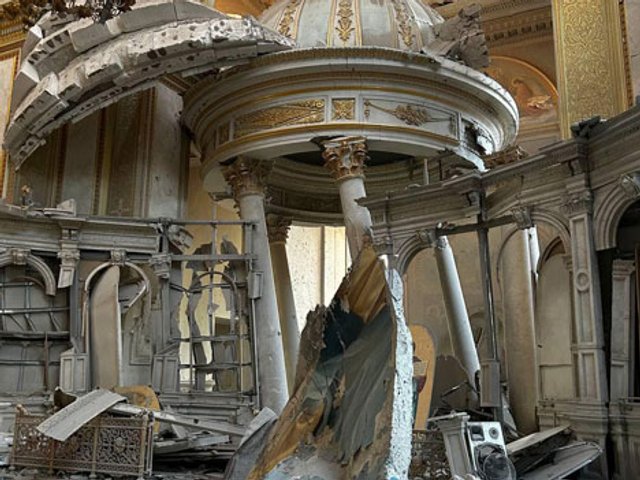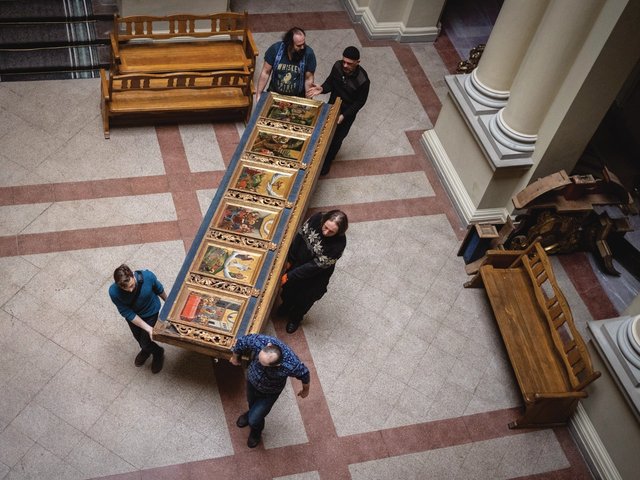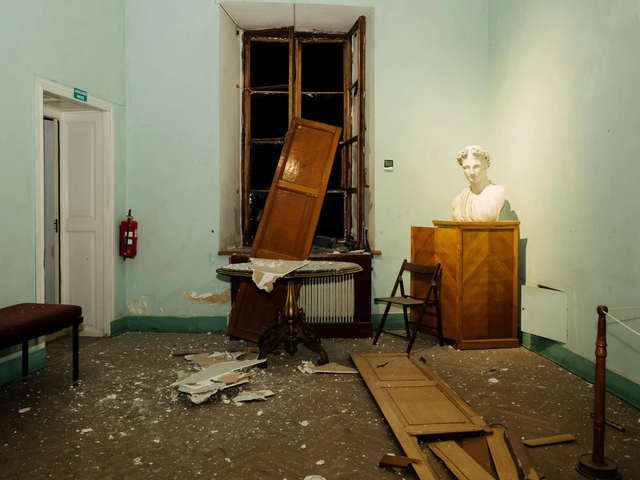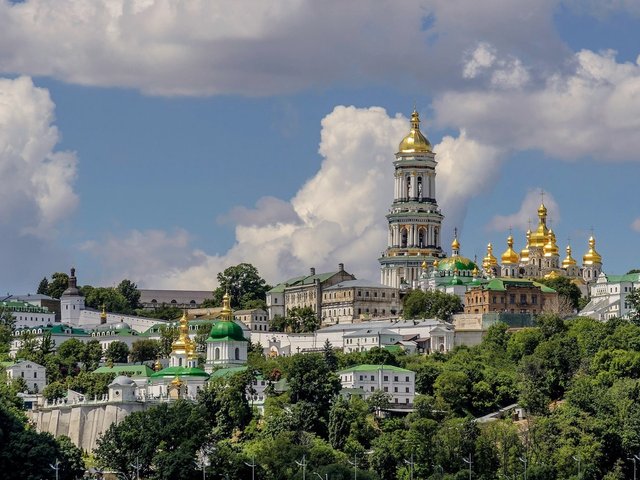Unesco has expressed “grave concern over the increasing threats” to the 11th-century Saint Sophia Cathedral in Kyiv—which is on the organisation's World Heritage List—after its facade was damaged by a Russian drone strike on Tuesday.
Ukraine’s minister of culture and strategic communications, Mykola Tochytskyi, wrote on Facebook that an overnight attack on the Ukrainian capital damaged the plastered cornice of the central apse of the eastern facade of the cathedral. According to the ministry, although the interior was not damaged, “any vibration loads caused by explosions can pose a threat to the structural integrity of the monument, which is constantly in a zone of increased risk due to regular massive enemy attacks on the capital of Ukraine”.
The cathedral, which is known for its mosaics and frescoes, was designed to compete with Hagia Sophia—at the time a church in what was then Constantinople, now a mosque in Istanbul. The site, part of a complex known as the Sophia of Kyiv National Reserve, is regarded as a spiritual symbol of Ukraine.
In a statement published on 11 June, Unesco said the UN resident and humanitarian coordinator in Ukraine, along with UNESCO's representative in Ukraine, visited the site “to assess the situation and discuss potential support for an in-depth structural analysis and emergency conservation measures”.
The Ukrainian President Volodymyr Zelensky condemned the attack on social media. “For all people who really know history and who are not alien to Christianity, any threat of damage or destruction of St. Sophia is an absolutely unacceptable thing, catastrophic.”
Odesa’s landmark film studio was also damaged in Tuesday’s attack. The culture ministry reported earlier this month that 1,482 cultural heritage sites and 2,302 cultural infrastructure facilities have suffered damage since Russia’s full-scale invasion in 2022.
In 2023, Saint Sophia Cathedral and adjacent monastic buildings and Lavra of Kyiv-Pechersk were added to Unesco’s List of World Heritage in Danger.
Ukrainian media reported that restoration work had already begun on 11 June. Vadym Kyrylenko, the deputy director in charge of restoration at the Sophia of Kyiv reserve, told the Ukrainian news site TSN.ua that it is almost impossible to fully protect the cathedral and historical monuments in general from war.
“Unfortunately, there is no one-hundred-percent protection in the world that would save historical buildings from missiles and blast waves, and even more so from direct hits from ballistics or ‘Shaheds’” said Kyrylenko, referring to the Iranian drones that Russia uses to strike Ukraine. “The only way to protect frescoes from explosions is with sandbags. But this method is not ideal either.
“At the beginning of the war we covered the exposed masonry of St. Sophia Cathedral with sandbags. But they had to be removed because moisture accumulated between the 11th-century masonry and the sandbags. Due to the lack of ventilation and sunlight, moisture was even more damaging to the ancient bricks.
“Therefore, unfortunately, there is simply no protection for historical monuments in the conditions of a modern war.”


